How to Choose and How High to Hang Lighting in Your Home

We spend so much time researching, shopping, looking at photos, (and yes sometimes overthinking) choosing the items we buy to decorate our homes. But when it’s time to actually put them in our rooms, many times they don’t look as good as we’d hoped because they are too big, too small, or we simply put them in the wrong place! And if you’ve ever remodeled, you know the feeling of scrambling to find how high something should be hung because you hadn’t thought about it until just then and you’re already standing there with hammer in hand.
I know I’ve learned these things too many times the hard way, so I’ve put together this handy dandy guide that you can always have at the ready to give you a good starting point. I’ve broken it down into four categories to make it easier to find what you are looking for and at the bottom of this post you can find the links to the other three parts…guidelines for placing bathroom fixtures, artwork, and furniture. I’ve even included a cheat sheet with all of the basic numbers from each post in Part 4 that you can print and keep on file!
This post contains Amazon and other affiliate links for your convenience. As an Amazon Associate I earn from qualifying purchases. If you purchase something through any link, I may receive a small commission, at no extra charge to you. I only recommend products that I love or would purchase for myself. See my full disclosure here.
In this first part of the series, I’m talking all about lighting…where to hang it and the best sizes for different areas. Do keep in mind this is just a placement guide, not set in stone rules. There are always exceptions depending on the style and layout of the room, the fixture or item you are using, or what you are hanging above. And of course, in the interest of style sometimes it pays to buck the rules because lighting is the jewelry of a room and can be a great place to make a design statement!
When it comes to lighting there are two things to take into consideration: size and placement. I’ll organize lighting into several types and talk about not only placement but how big these fixtures should be: chandeliers, kitchen pendants, sconces, and lamps.
What’s the best height for a chandelier over a dining table?
- 8-foot ceilings: 30-36 inches between the top of your table and the lowest point of your fixture
- 9-foot ceilings: 33 – 39 inches between the top of your table and the lowest point of your fixture
- 10-foot ceilings: 36 – 42 inches between the top of your table and the lowest point of your fixture
Why the range? Depending on the visual weight, how large the fixture is, and what your room view is, it may need to be on the high or low end of the recommended range.
This industry recommendation is based on an 8-foot standard ceiling. The chandelier should be raised 3 inches for each additional foot of ceiling height.
The chandelier should be 1/2 to 2/3 of the size of the dining table. If you have an extra long dining table and want to use two chandeliers, the rule is each should be a third of the table size.
A chandelier any smaller than half of the table will look wimpy. Any larger and it will be overpowering and people will bump their heads. Another easy way to figure out how large you can go is to leave a foot of diameter all around.
I went as large as possible for the table in my breakfast area…just barely a foot diameter all around, but it’s an airy design that keeps it from looking too large or heavy.
- 8-foot ceilings: 7 feet above the floor
- 9 to 12-foot ceilings: 7 ft. 6″ above the floor
- Two story ceilings: The lowest part of the fixture even with and no lower than the second story
How do I figure the chandelier size for a living room or foyer?
The Length + the Width of the room in feet = Chandelier Width in inches
The height of the chandelier is based on how tall the ceilings are and how much impact you want the fixture to have, so no hard and fast rule here. I think you can go as tall as pleases your design aesthetic! Just remember to allow for room for the chain and canopy and keep the distance above the floor recommended. If you feel lost without a guideline, some designers figure 2 1/2 to 3 inches x each foot of ceiling height. For example, a 12-foot ceiling would have a chandelier 30-36″ tall.
The chandelier over a bed typically isn’t based on room size, but the area of the bed itself.
- For twin or full size beds, the chandelier diameter should be around 24 inches.
- For king sized beds, the chandelier diameter should be around 36 inches.
- Height: 30-36″ from the counter to the bottom of the fixture
- Distance between two pendants: Counter length divided by 4 = Distance from the end of counter to the center of each pendant
How many kitchen pendants should I use?
This is dependent on how large the pendants are, their visual weight, how long the island is, and your taste! Unless you have small pendants and/or a very long island, three pendants are usually not needed. Personally, I prefer the look of two pendants on the larger side to three smaller ones.
The larger the kitchen island is and the higher the ceiling is, the larger you can go and vice versa. Just avoid going smaller than 10″ if you have a small island and low ceilings.
I love the look of statement pendants so I went extra large in my open concept kitchen that has 10 foot ceilings. I chose pendants that were oversized but could still be seen through easily because with their size they would have been overwhelming if they had been a heavier or closed in design.
- Living Rooms, Entryways, and Hallways: 60-72″ from the floor to the center of the junction box
- Flanking a bathroom mirror: 60-65″ from the floor to the junction box
- Above a bathroom mirror or a window: 6 inches between the top of the item and the bottom of the sconce
- Above a counter: 60″ from the floor to the junction box and a minimum of 24″ above the counter
- Above bedroom nightstands: Centered over nightstand; 60″ from the floor to the junction box for a standard height bed or the bottom of the sconce shade even with eye level while sitting in bed. If it is a shared bed, average the two heights.
I love using swing-out sconce lamps over a bedside table…it saves room, is adjustable, and looks much cleaner!
In most cases, the placement is based on not being able to see up into the sconce and these guidelines place the sconces where this won’t be happening most of the time. That is why these measurements are to the junction box instead of the bottom of the whole fixture because it is directly behind the bulb on the sconce.
The size of the sconce depends on the wall space area it will hang in, what it will be lighting, and how close you will stand to it. If you are far away and it is on a large wall, go larger than say if you are lighting your bathroom vanity mirror to get ready.
There are a few tips for choosing a lamp to avoid it looking strange in its surroundings. Keep in mind there is a lot of leeway for taste and design here.
- The lamp should not be more than 1 1/2 times taller than the table it is sitting on. A large, visually heavy piece of furniture requires a larger lamp; a table on the more petite side needs a smaller lamp.
- The bottom of the lampshade should be right at or just below eye level when seated next to it.
- The shade should not extend past the surface it is sitting to avoid knocking it over.
- The perfect size lampshade to lamp ratio should be about 2/3 of the height of the base or 40 percent shade and 60 percent lamp base.
- The perfect width for the shade is about the lamp base width at its widest point x 2. The lampshade’s bottom diameter should be within two inches of the lamp’s base length.
- The lampshade should cover the bulb socket and harp.
- If your base is round, then a round shade usually looks best.
- A square or rectangular lamp works better with the same, repeating shape.
- When in doubt, an empire shaped shade is usually the safest bet for most lamps.
I hope you found this lighting measurement guide for the home helpful! Start with these standard recommendations and adjust from there using common sense and your best judgment as to what looks good in your space!
Pin this for reference later:
In case you missed the other parts of my “Must-Have Measurements for the Home”, Part 2 was all about Bathroom Fixtures:
And Part 4 was about where to put Furniture and Area Rugs and includes a free printable of the basic numbers from all four parts!
As always, I appreciate your visit, comments, and shares here! And don’t forget to subscribe for updates to keep in touch and to follow along with me on Pinterest, Instagram, and Facebook!!
Remember to pin this to your Home Design and Lighting boards to refer to later. You can FOLLOW ME ON PINTEREST and see all of my pins plus lots of other inspiring ones that I’ve found and pinned!
Enjoyed the tutorial?

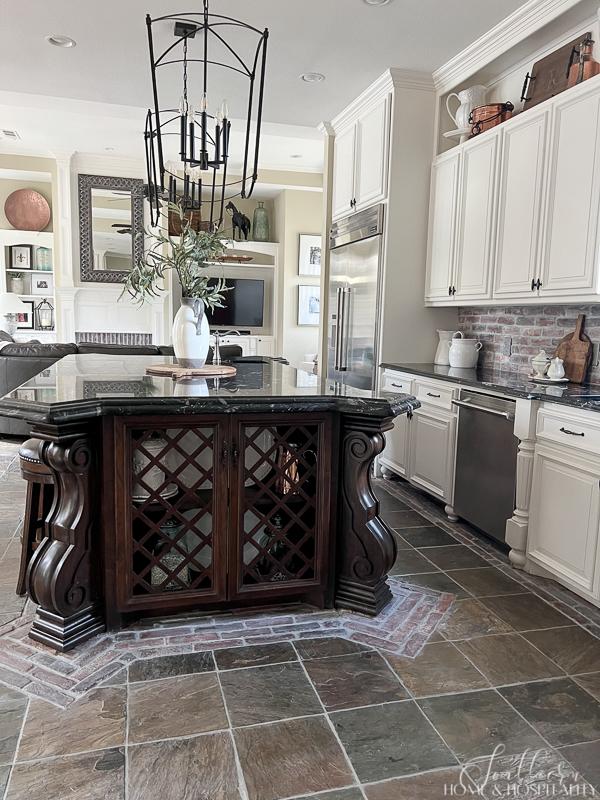





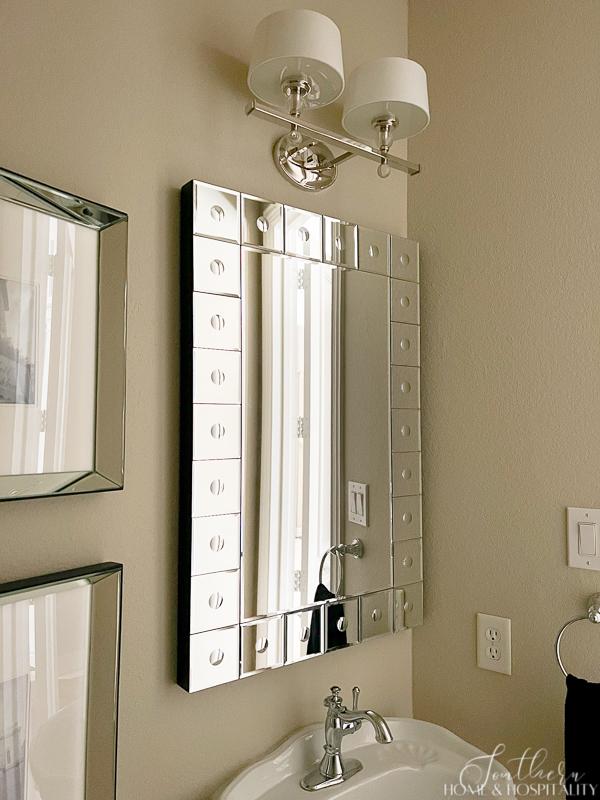




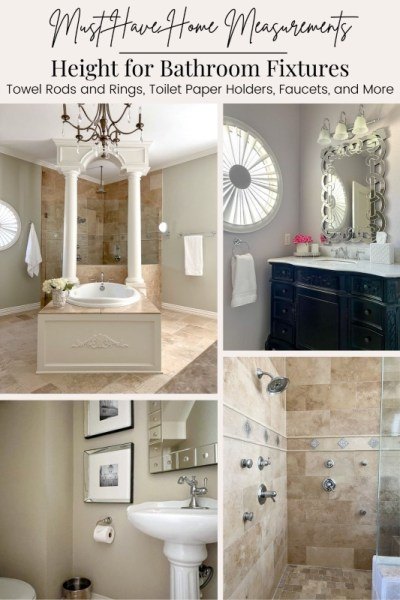



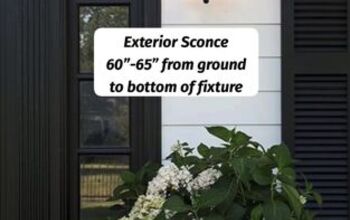
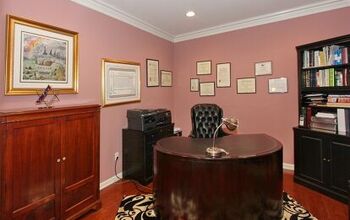
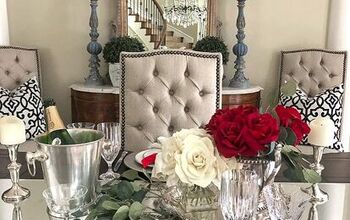
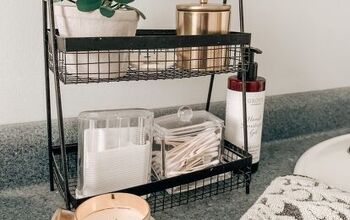



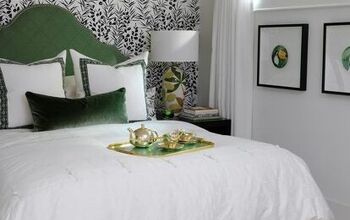

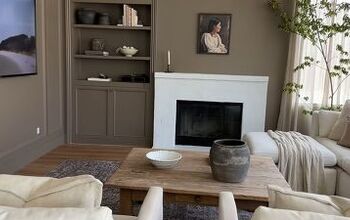


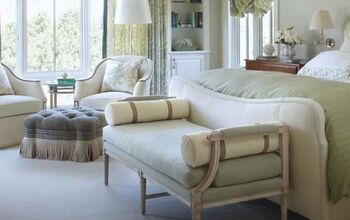
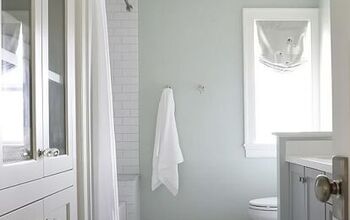
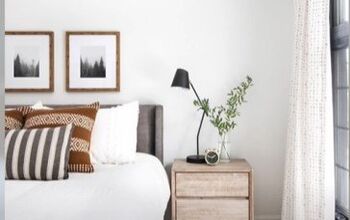


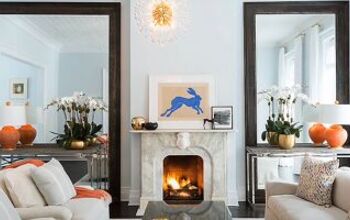
Comments
Join the conversation
Love the dedication
Yes I will try this for sure .
thank you !!